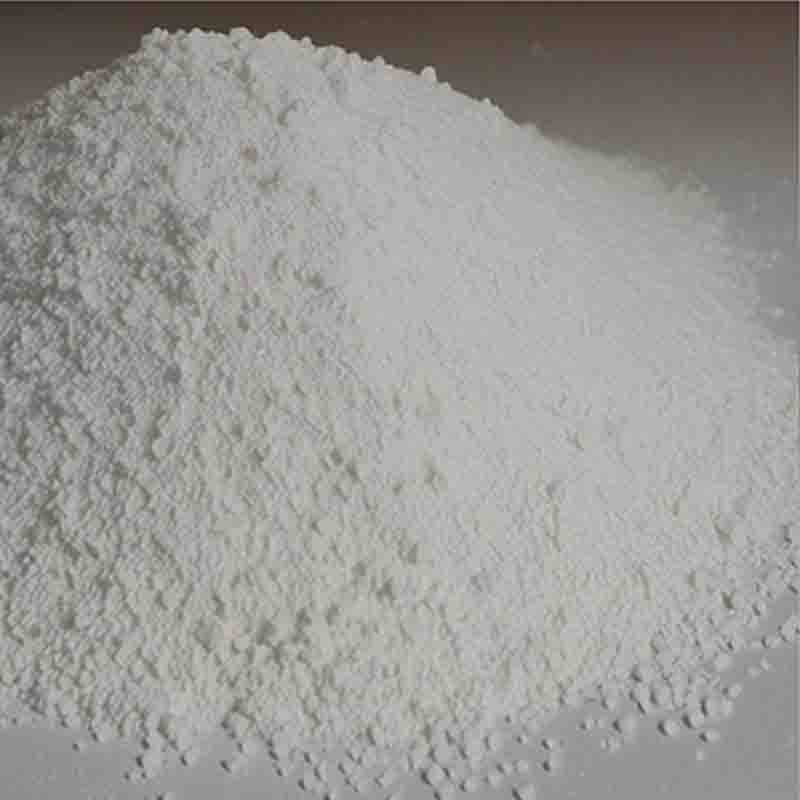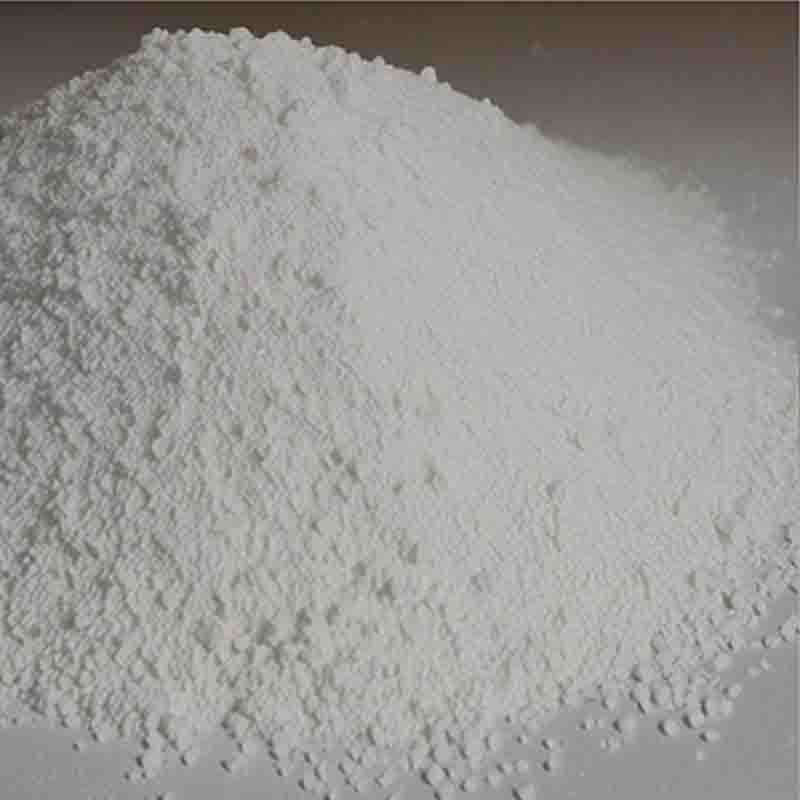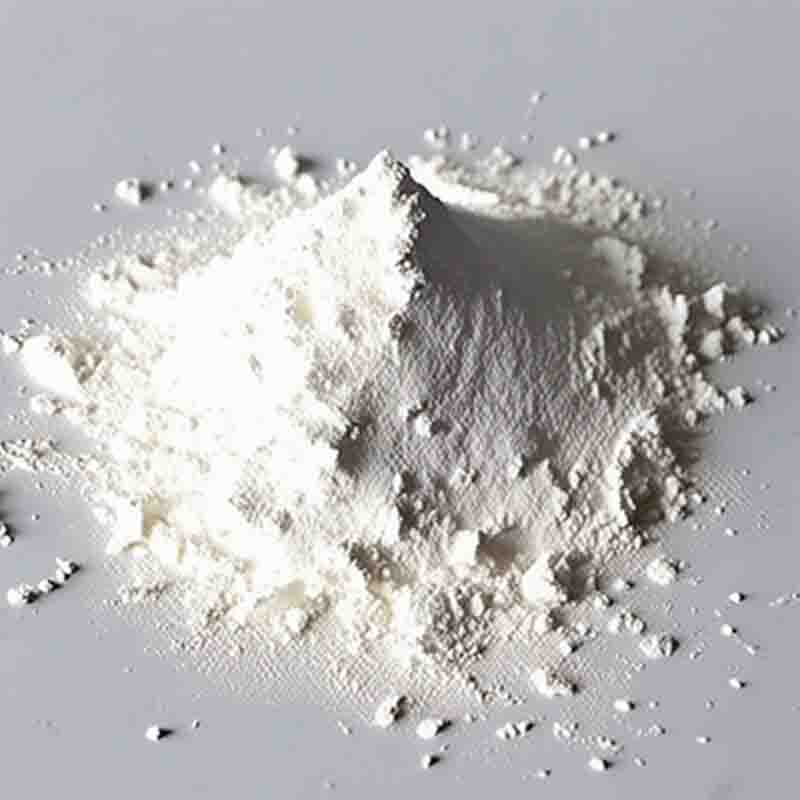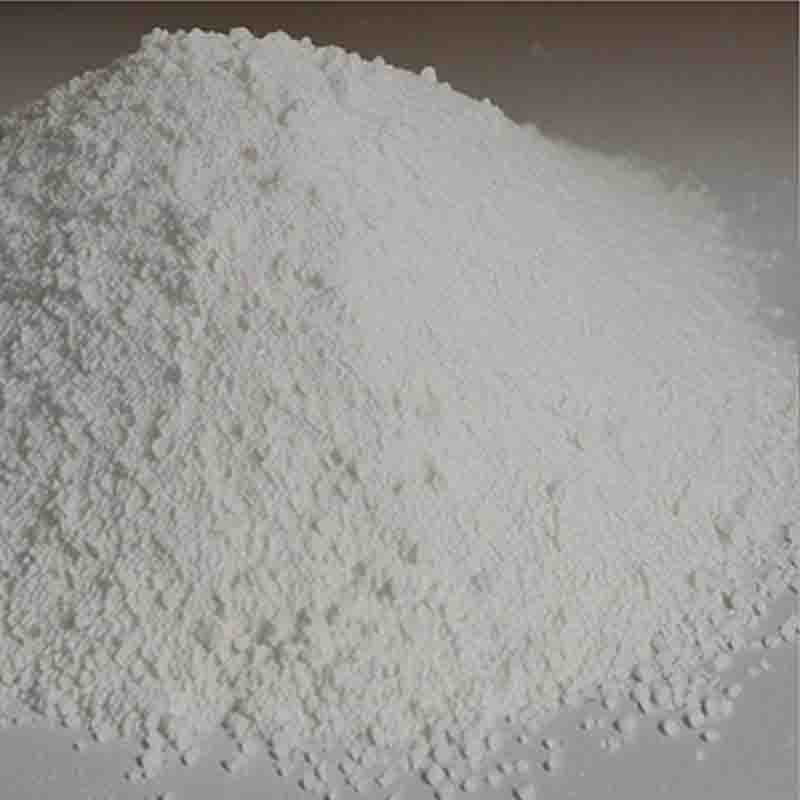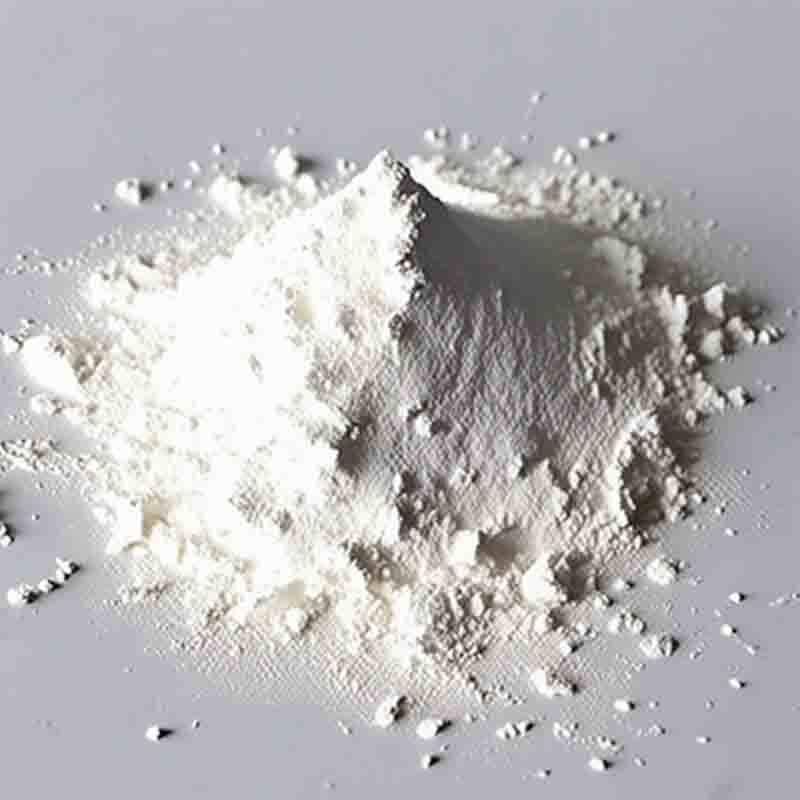N-Acetylphenylhydrazine CAS:114-83-0
| Catalog Number | XD95306 |
| Product Name | N-Acetylphenylhydrazine |
| CAS | 114-83-0 |
| Molecular Formula | 8H10N2O |
| Molecular Weight | 150.18 |
| Storage Details | Ambient |
Product Specification
| Appearance | White powder |
| Assay | 99% min |
N-Acetylphenylhydrazine is an organic compound with the chemical formula C8H10N2O. It is commonly used in pharmaceutical research and has various effects and applications.One of the main effects of N-Acetylphenylhydrazine is its potential as an antiproliferative agent. It has been studied for its ability to inhibit the growth and proliferation of cancer cells. Research has shown that N-Acetylphenylhydrazine can induce cell cycle arrest and apoptosis in cancer cells, leading to a reduction in tumor growth. This effect makes it a promising candidate for the development of new anticancer drugs.Furthermore, N-Acetylphenylhydrazine has also been investigated for its potential as an anti-inflammatory agent. Studies have shown that it can reduce the production of pro-inflammatory cytokines and inhibit the activity of enzymes involved in the inflammatory response. This suggests that it may have therapeutic applications in the treatment of inflammatory diseases such as rheumatoid arthritis or inflammatory bowel disease.Another effect of N-Acetylphenylhydrazine is its neuroprotective potential. Research has demonstrated that it can protect neuronal cells against oxidative stress-induced damage. It can scavenge free radicals and inhibit oxidative stress pathways, thereby preventing cell death and promoting cell survival. This neuroprotective effect makes it a potential candidate for the development of drugs targeting neurodegenerative diseases such as Alzheimer's or Parkinson's.In addition, N-Acetylphenylhydrazine has been studied for its antimicrobial properties. Research has shown that it exhibits antibacterial activity against various strains of bacteria, including both gram-positive and gram-negative bacteria. It has also shown antifungal activity against certain species of fungi. These antimicrobial properties make it a potential candidate for the development of new antibiotics or antifungal drugs.Overall, N-Acetylphenylhydrazine has a range of effects and potential applications. Its antiproliferative, anti-inflammatory, neuroprotective, and antimicrobial properties make it a promising compound for pharmaceutical research. Further studies are needed to explore its full potential and to investigate its mechanism of action in order to develop effective and safe therapeutic interventions.




